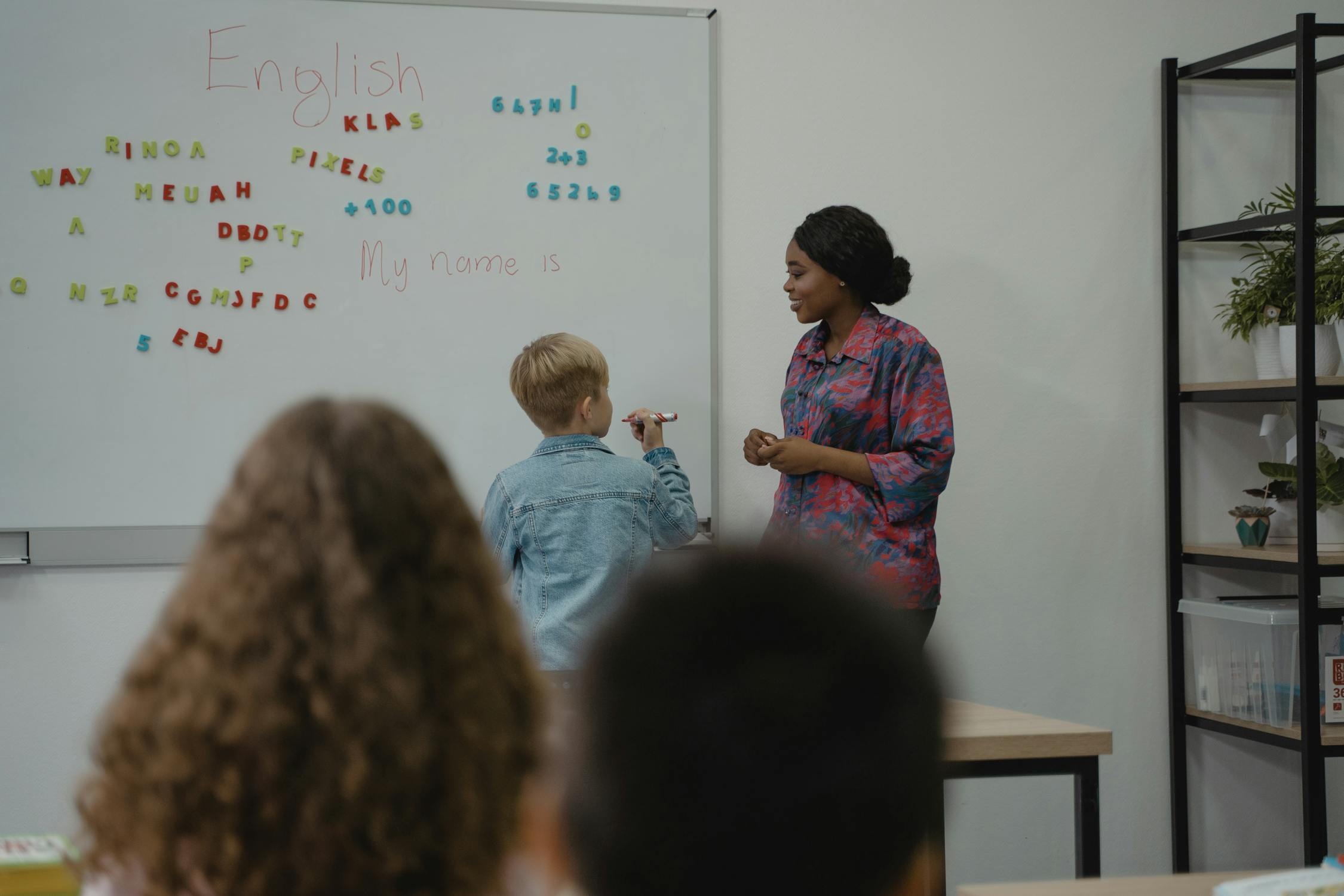
Students have different learning styles, and understanding your preferred learning style can help maximize your study time and improve your overall exam performance. In this article, we will discuss the different learning styles and how to study accordingly, supported by scientific evidence.

Visual Learners
Visual learners prefer to learn through visual aids such as diagrams, charts, and videos. They have a strong sense of spatial awareness and can easily recall images. To study effectively as a visual learner, create mind maps, use flashcards, or watch videos related to the topic.

Auditory Learners
Auditory learners prefer to learn through listening and speaking. They have a strong sense of rhythm and tone, and can easily remember verbal instructions. To study effectively as an auditory learner, record lectures or important points, and listen to them repeatedly. You can also discuss the topics with classmates or instructors.

Auditory learners prefer to learn through listening and speaking. They have a strong sense of rhythm and tone, and can easily remember verbal instructions. To study effectively as an auditory learner, record lectures or important points, and listen to them repeatedly. You can also discuss the topics with classmates or instructors.

Kinesthetic Learners
Kinesthetic learners prefer to learn through hands-on experiences and movement. They have a strong sense of touch and body awareness, and can easily recall activities that involve movement. To study effectively as a kinesthetic learner, use role-playing or simulation activities, engage in experiments or demonstrations, or study while walking or standing.
It's important to note that most people have a combination of learning styles, with one style being dominant. Tailoring your study techniques to your dominant learning style can help you retain information better and study more efficiently.
Understanding your preferred learning style can help you maximize your study time and improve your exam performance. Visual learners can benefit from using diagrams, charts, and videos, while auditory learners can benefit from recording and listening to lectures or discussions. Kinesthetic learners can benefit from hands-on activities and movement. Remember to experiment with different study techniques and find what works best for you. Turn to Philippine Online Reviewer for comprehensive and up-to-date review materials designed to support your exam preparation journey.
References:
Coffield, F., Moseley, D., Hall, E., & Ecclestone, K. (2004). Learning styles and pedagogy in post-16 learning: A systematic and critical review. London: Learning and Skills Research Centre.
Felder, R. M., & Silverman, L. K. (1988). Learning and teaching styles in engineering education. Engineering Education, 78(7), 674-681.
Kolb, D. A. (1984). Experiential learning: Experience as the source of learning and development. Prentice-Hall.
Kinesthetic learners prefer to learn through hands-on experiences and movement. They have a strong sense of touch and body awareness, and can easily recall activities that involve movement. To study effectively as a kinesthetic learner, use role-playing or simulation activities, engage in experiments or demonstrations, or study while walking or standing.
It's important to note that most people have a combination of learning styles, with one style being dominant. Tailoring your study techniques to your dominant learning style can help you retain information better and study more efficiently.
Understanding your preferred learning style can help you maximize your study time and improve your exam performance. Visual learners can benefit from using diagrams, charts, and videos, while auditory learners can benefit from recording and listening to lectures or discussions. Kinesthetic learners can benefit from hands-on activities and movement. Remember to experiment with different study techniques and find what works best for you. Turn to Philippine Online Reviewer for comprehensive and up-to-date review materials designed to support your exam preparation journey.
References:
Coffield, F., Moseley, D., Hall, E., & Ecclestone, K. (2004). Learning styles and pedagogy in post-16 learning: A systematic and critical review. London: Learning and Skills Research Centre.
Felder, R. M., & Silverman, L. K. (1988). Learning and teaching styles in engineering education. Engineering Education, 78(7), 674-681.
Kolb, D. A. (1984). Experiential learning: Experience as the source of learning and development. Prentice-Hall.














0 Comments